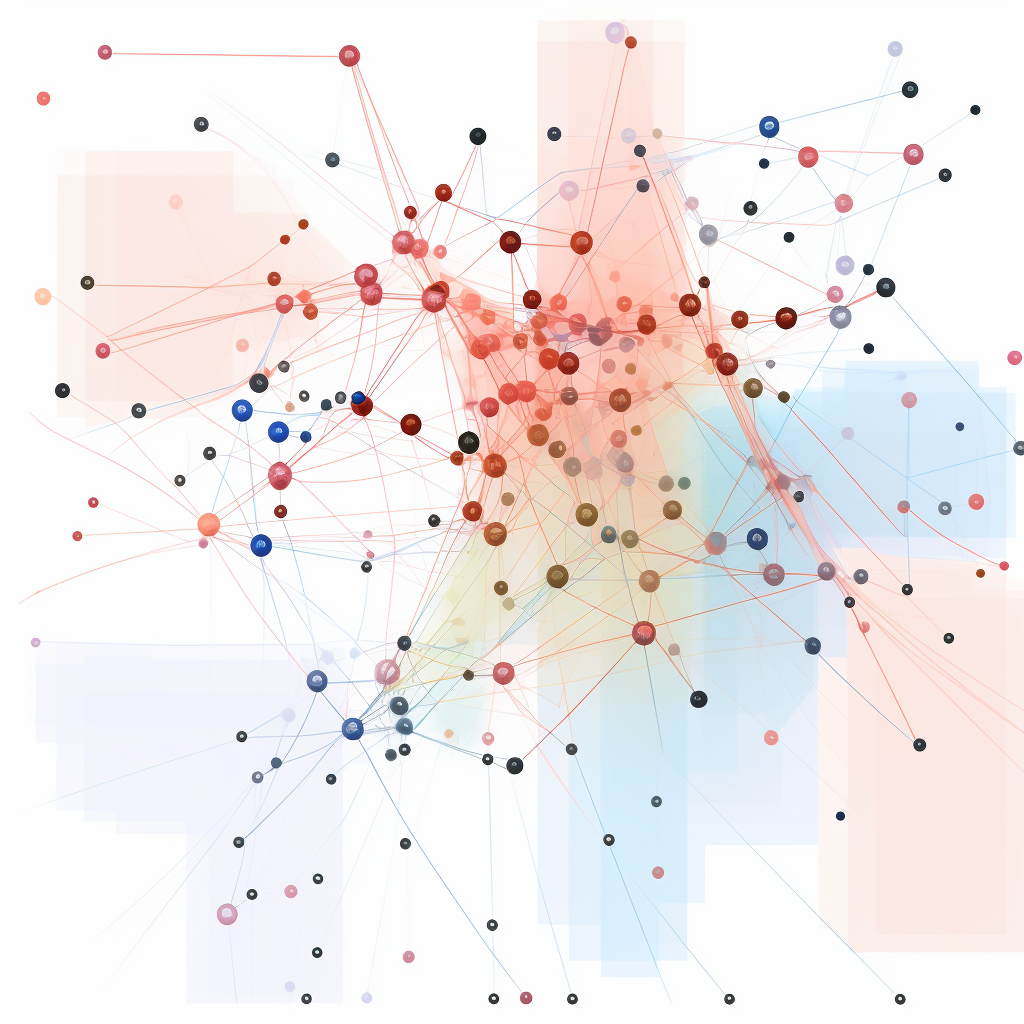The second blog in our occasional series that explores real world use cases of Exact Data Matching(EDM) and business benefits. Financial Transaction Monitoring is our focus this week. For background and the EDM definition, here’s the first blog in the series.
EDM Benefits for Financial Transaction Monitoring
EDM in financial transaction monitoring reduces financial losses due to fraud by enabling real-time detection and prevention of suspicious activities. By creating hash values for known fraudulent patterns, account numbers, or transaction characteristics, financial institutions can instantly identify and block potentially fraudulent transactions before they are completed. This proactive approach saves the institution from direct financial losses but also prevents the cascading effects of fraud, such as chargebacks, investigation costs, and reputational damage.
The precision of EDM in fraud detection translates directly into improved customer confidence in financial security. When customers see that their financial institution can swiftly and accurately prevent unauthorized transactions, their trust in the institution’s security measures grows. This enhanced trust can lead to increased customer loyalty, higher engagement with services, and a greater willingness to adopt new financial products. In an era where financial fraud is a constant concern for consumers, the ability to demonstrate robust fraud prevention measures becomes a significant competitive advantage.
EDM streamlines fraud investigation processes by providing investigators with precise, actionable data. When a potential fraud is detected, the exact match allows for immediate identification of the specific data elements involved, significantly reducing the time and resources needed for initial investigation. This efficiency not only speeds up the resolution process for customers but also allows financial institutions to allocate their investigative resources more effectively, focusing on the most critical cases.
Furthermore, the use of EDM enhances regulatory compliance in financial operations. Financial institutions are subject to strict regulations regarding fraud prevention and reporting, such as the Bank Secrecy Act (BSA) and anti-money laundering (AML) laws. EDM provides a clear audit trail of detected fraudulent activities and the actions taken, making it easier to demonstrate compliance to regulators.
The implementation of EDM leads to increased operational efficiency in fraud detection and prevention. Traditional rule-based systems often generate a high volume of false positives, requiring significant manual review. EDM’s precision dramatically reduces false positives, allowing anti-fraud teams to focus on genuine threats. These improve the overall efficiency of the fraud detection process but also reduce the operational costs associated with manual reviews.
The efficiency gained through EDM allows financial institutions to handle a larger volume of transactions without proportionally increasing their fraud detection staff. As organizations expand their services and customer base, this scalability becomes increasingly crucial. The automation and accuracy provided by EDM enables financial institutions to maintain robust fraud prevention measures ensuring growth doesn’t come at the expense of security.
If financial transaction data classification and PCI compliance challenge your organization, contact us to learn how we can help.
